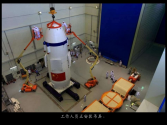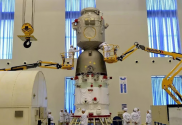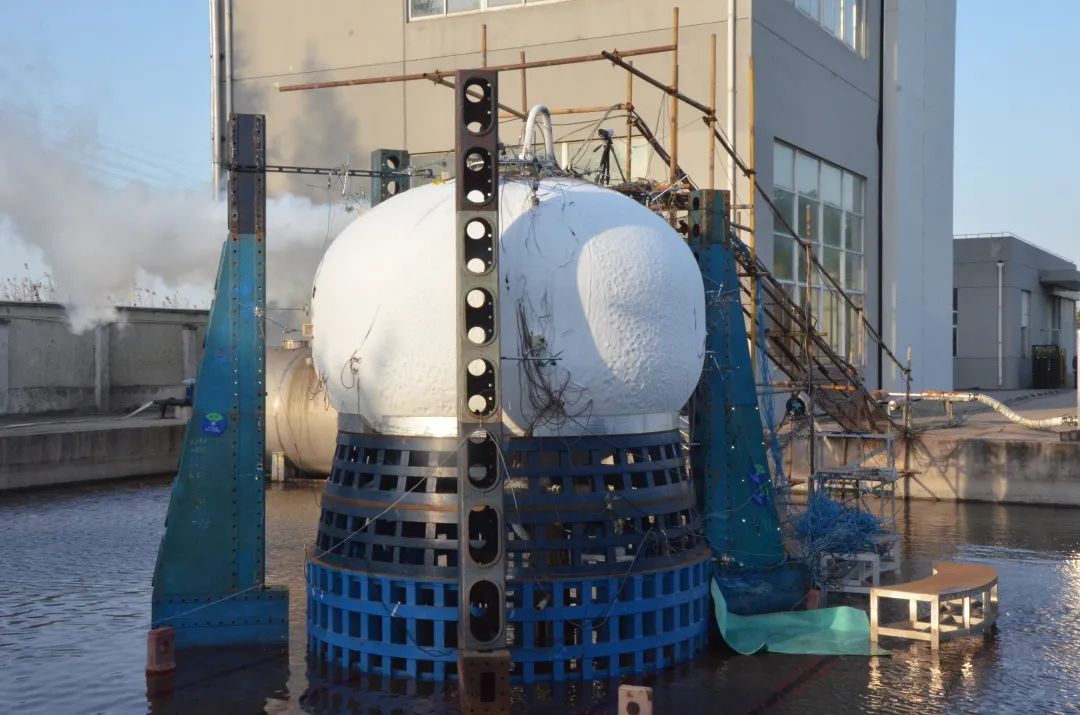p.s.:
Within 120 to 200 seconds from departure, the reentry module will be protected by the four high-altitude escape engine.
The article doesn't mention the escape mechanism after 200 seconds. Maybe the crew could operate the separation and reentry process manually, or follow the common automatic procedure.
Within 120 to 200 seconds from departure, the reentry module will be protected by the four high-altitude escape engine.
The article doesn't mention the escape mechanism after 200 seconds. Maybe the crew could operate the separation and reentry process manually, or follow the common automatic procedure.




